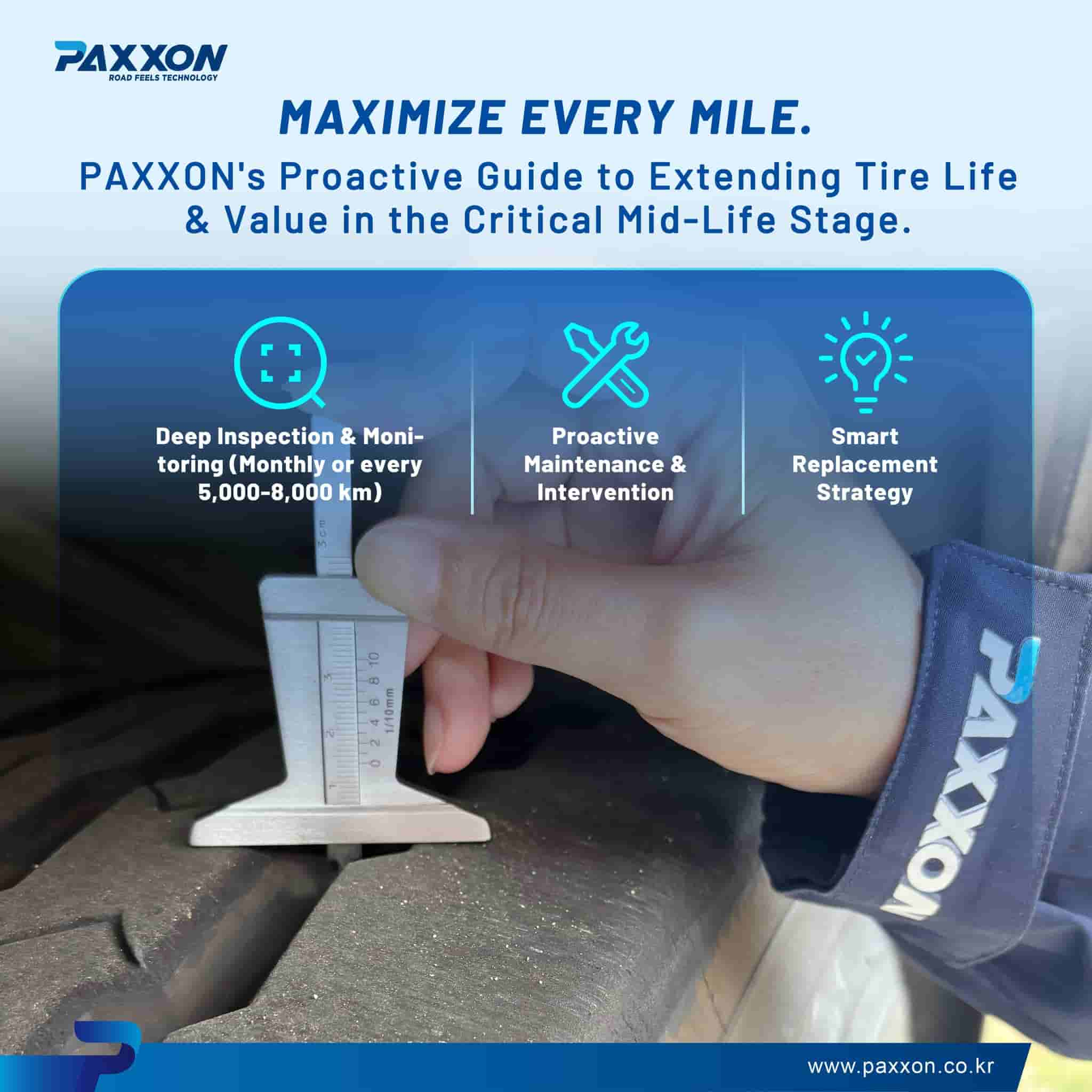Media
In truck transportation, the mid-life stage of tires is often overlooked by many fleets. In fact, this stage is critical for extending tire life, ensuring driving safety, and reducing overall operating costs. At this point, the tires have completed their break-in period but remain in a stable performance phase — a golden window to move from simply “usable” to “durable and cost-efficient.”
Why Is Mid-Life Maintenance Important?
Tires in their mid-life stage typically show the following characteristics:
Some degree of wear, but tread depth remains above the safety threshold;
Possible minor uneven wear, but not yet severe;
Early signs of rubber aging, while overall performance remains reliable.
Through scientific maintenance and proactive interventions, fleets can significantly extend the service life of their tires, reduce replacement frequency, and improve operational efficiency.
Key Mid-Life Maintenance Practices
1. In-Depth Inspection and Monitoring
(Recommended: once per month or every 5,000–8,000 km)
Accurately measure and record tread depth;
Check tread surface for abnormal wear patterns;
Inspect the tire casing and surface for potential damage or hidden risks.
2. Proactive Maintenance and Interventions
Perform regular tire rotation to prevent localized wear;
Consider tire retreading where applicable (only for casings in good condition);
Conduct wheel balancing and alignment to ensure vehicle stability.
3. Replacement Strategies and Timing
Wear-based replacement: Replace when tread approaches the legal safety limit;
Damage-based replacement: Replace immediately if bulges, cracks, or severe damage are found;
Age-based replacement: Replace when rubber performance declines, even if tread depth is still sufficient.


